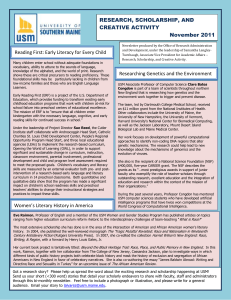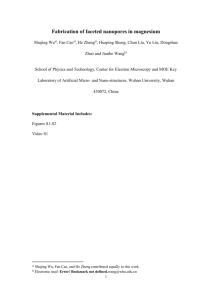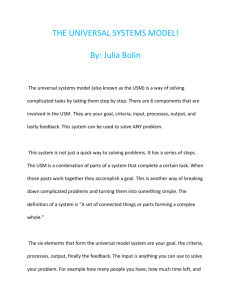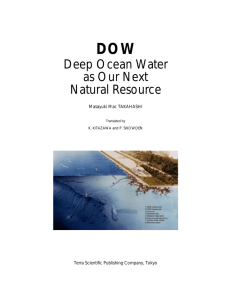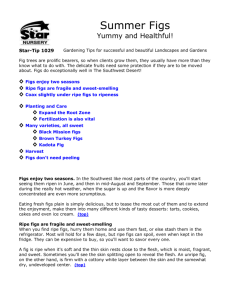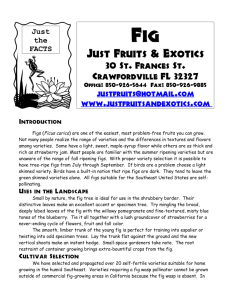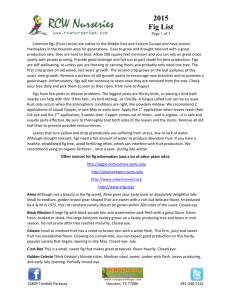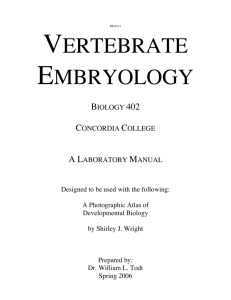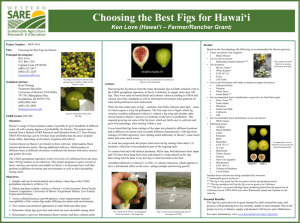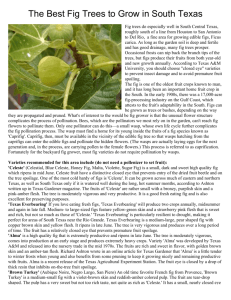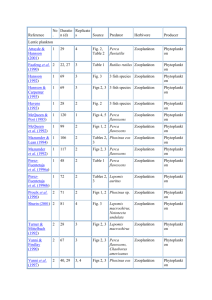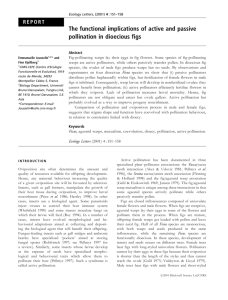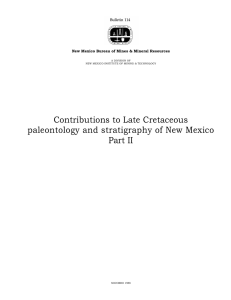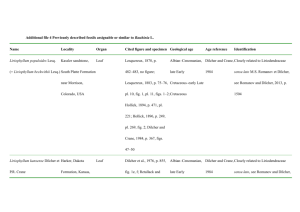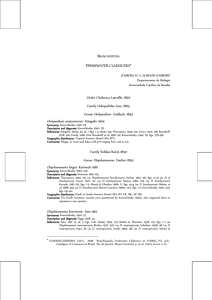Women`s History Month event flyer
advertisement
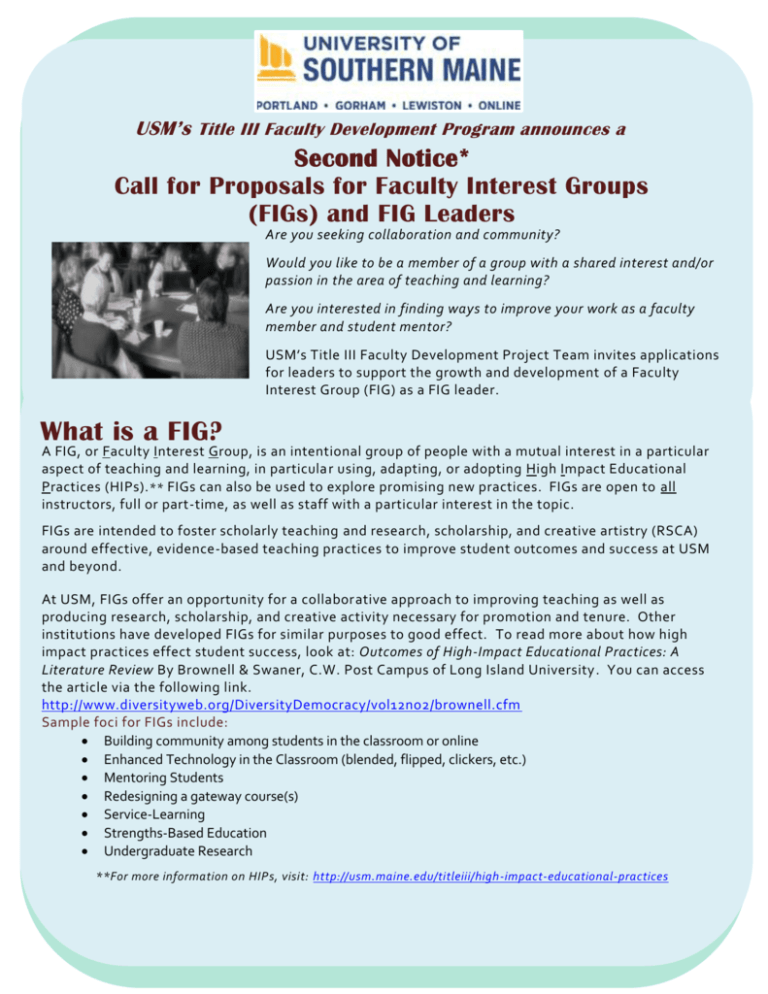
USM’s Title III Faculty Development Program announces a Second Notice* Call for Proposals for Faculty Interest Groups (FIGs) and FIG Leaders you seeking collaboration and community? FirstAreRound DUE 10/01/14 Would you like to be a member of a group with a shared interest and/or passion in the area of teaching and learning? Are you interested in finding ways to improve your work as a faculty member and student mentor? USM’s Title III Faculty Development Project Team invites applications for leaders to support the growth and development of a Faculty Interest Group (FIG) as a FIG leader. What is a FIG? A FIG, or Faculty Interest Group, is an intentional group of people with a mutual interest in a particular aspect of teaching and learning, in particular using, adapting, or adopting High Impact Educational Practices (HIPs). ** FIGs can also be used to explore promising new practices. FIGs are open to all instructors, full or part-time, as well as staff with a particular interest in the topic. FIGs are intended to foster scholarly teaching and research, scholarship, and creative artistry (RSCA) around effective, evidence-based teaching practices to improve student outcomes and success at USM and beyond. At USM, FIGs offer an opportunity for a collaborative approach to improving teaching as well as producing research, scholarship, and creative activity necessary for promotion and tenure. Other institutions have developed FIGs for similar purposes to good effect. To read more about how high impact practices effect student success, look at: Outcomes of High-Impact Educational Practices: A Literature Review By Brownell & Swaner, C.W. Post Campus of Long Island University . You can access the article via the following link. http://www.diversityweb.org/DiversityDemocracy/vol12no2/brownell.cfm Sample foci for FIGs include: Building community among students in the classroom or online Enhanced Technology in the Classroom (blended, flipped, clickers, etc.) Mentoring Students Redesigning a gateway course(s) Service-Learning Strengths-Based Education Undergraduate Research **For more information on HIPs, visit: http://usm.maine.edu/titleiii/high-impact-educational-practices How does it work? Each FIG has a faculty coordinator who takes responsibility for maintaining the Faculty Interest Group and intersection with High Impact Educational Practices (HIP), as well as working with appropriate university offices for support and assistance. FIGs are designed to create a framework where members can come together to share best practices, do research about their topic, support each other in practicing their methodology, as sess the effect of the method upon student learning, and/or produce scholarship about the method. NEW: Three FIGS will also be eligible for one of the High Impact Practices mini-grants Resources to support FIGs include: $1000 stipend Modest resources to support convening of FIG meetings BlackBoard site available Think it might be for you...? Here is what to do! Please submit the following information in a 2-page (maximum) Word document to Dr. Judith Spross via email at facultycommons@usm.maine.edu. Name Departments/programs involved in Proposed FIG Description of structure articulating the purpose and structure/strategies for accomplishing Description of how the FIG will enhance student learning, engagement and/or retention Description of possible student outcomes Proposals will be in relation to the following criteria: 1. Clear identification of proposed Faculty Interest Group a. Members (e.g., faculty, instructors, students, student success staff, research personnel) b. Purpose c. Possible/likely outcomes for students and faculty (e.g., student retention, collaborative student/faculty work, such as a paper, other qualitative and/or quantitative measures, publication or other scholarship for the group) d. Duration (e.g., one semester, one academic year) e. Resources needed 2. Clear rationale for how the FIG can enhance student learning, engagement, and/or retention and proposed meaning and impact for FIG members, students and USM. 3. Clear description of proposed activities (e.g., structure for ongoing collaboration; strategies for sharing best practices, support group for practicing and adopting a new teaching approach; scholarly product support). 4. Interdisciplinary/interdepartmental approach. Visit us online at: http://usm.maine.edu/facultycommons/faculty-interest-groups


